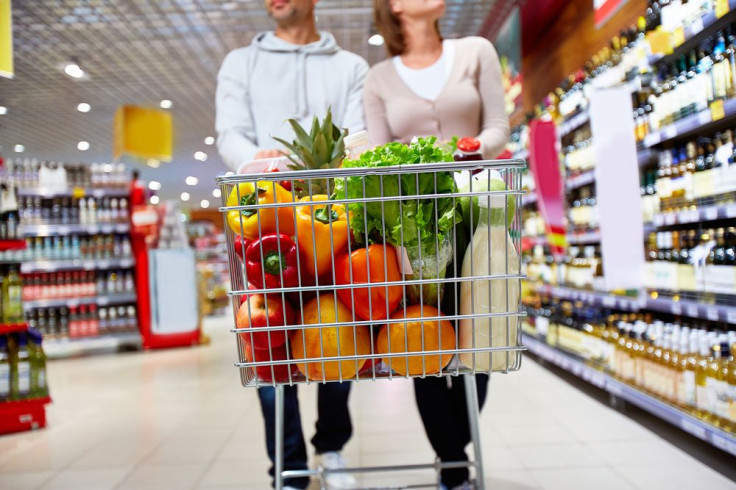Healthy Food Samples Prime Shoppers To Buy More Fruits And Vegetables

If you don’t trust yourself to stay away from the sweet aromas wafting from the supermarket bakery, a new study suggests eating a healthy snack before grocery shopping could help shift your attention away from the junk food and refocus it on the produce section.
In reality, most of us already know that making the most of a shopping trip begins before we ever get to the store. The advice is well-worn: Shopping on an empty stomach spells disaster for dieting. Our puny brains are no match for the brightly colored packaging and perceived comfort of sweet and salty goodness, so we’re told to load up beforehand to minimize the damage.
Eating healthy seems to fall into a similar mode of thought, says Dr. Aner Tal, researcher at Cornell University’s Food and Brand Lab. “We find that often people are easily misled to think a food is healthier by small cues,” he told Medical Daily. For instance, people are more likely to think a food is healthy if it’s wrapped in green packaging or if the store itself has a healthy image, even if doesn’t sell just healthy food.
Hoping to learn more about these cues, Tal and his colleague Brian Wansink conducted three experiments. The first involved 120 shoppers who were either given a piece of apple, a cookie, or nothing before shopping. When the researchers looked at what people purchased, they found people who ate the apple beforehand bought 28 percent more fruits and vegetables than the cookie group and 25 percent more than the group given nothing.
The other two studies involved virtual shopping. The second study involved 56 people — again each given either an apple or a cookie — who were told to choose one item from 20 pairs of food. Each pair contained one high-calorie item and one low-calorie item. In line with the first experiment, the people given an apple chose more healthy foods, and surprisingly, those given a cookie chose more of the less-healthy foods. To Tal and Wansink, the moral of the story was clear: In order to get people buying smarter, “simply thinking about healthy food prior to shopping does the trick.”
But the investigators didn’t stop there. The final study sought to understand what, exactly, was getting people to buy healthier food. So they rigged an experiment in which shoppers saw chocolate milk either labeled as “healthy, wholesome chocolate milk” or “rich, indulgent chocolate milk.” Even though both chocolate milks were the same, the virtual shoppers bought more unhealthy foods when they saw the bottle labeled “rich, indulgent chocolate milk.”
This was a critical finding. It meant that people in the first experiment weren’t necessarily buying healthier food because the apple was more nutritious, but that the shoppers merely thought it was more nutritious. Both chocolate milks were the same, yet people believed they were already in a healthy-food-buying frame of mind, so they continued the trend regardless of whether their initial assumptions were true.
Tal says the key for shoppers is getting into that mindset as quickly as possible. Instead of slowly rolling your cart through the carb-heavy middle aisles, make a beeline for the edges. Supermarkets are designed to confuse your rational thinking skills. The less you ask of your brain, the better.
Source: Tal A, Wansink B. An Apple a Day Brings More Apples Your Way: Healthy Samples Prime Healthier Choices. Psychology & Marketing.
Published by Medicaldaily.com



























